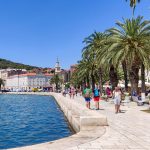May 20, 2019 – Talking about Croatia’s recent socialist past is one easy way to polarise opinion. Meet Red History Museum, which is taking a different approach, documenting the good, the bad and the ugly from this divisive time in Croatian history.
I learned a long time ago that the easiest way to alienate sections of Croatian readers is to mention the period of ex-Yugoslavia. Looking back, I was fairly naive, but I learned quickly. And when we put blocks on words such as Tito, Ustase, Partizani and the like, the hate comments and abuse was reduced by 90%.
I can totally understand why the former Yugoslav era was so divisive, and why passions run so high, and I always wondered if it would be possible to portray this important piece of Croatia’s recent history in a balanced way – the good, the bad and the ugly.
And then I found two brothers who have put their entire lives (and savings) over the last two years doing precisely that.
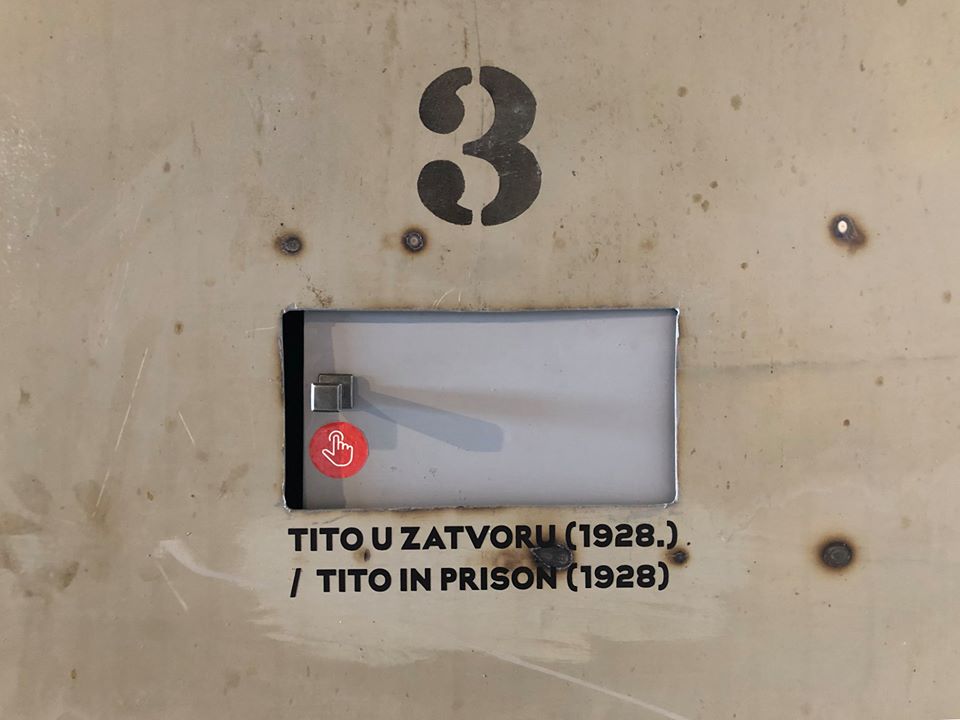
I was intrigued when I heard about the new Red History Museum in Dubrovnik, which opened last month. Given the amount of hate mail I get every time I even mention the subject, I was intrigued to see how they were coping with a full-blown museum dedicated to the socialist era, and we had time for a very quick visit on the drive from Budva to Split.
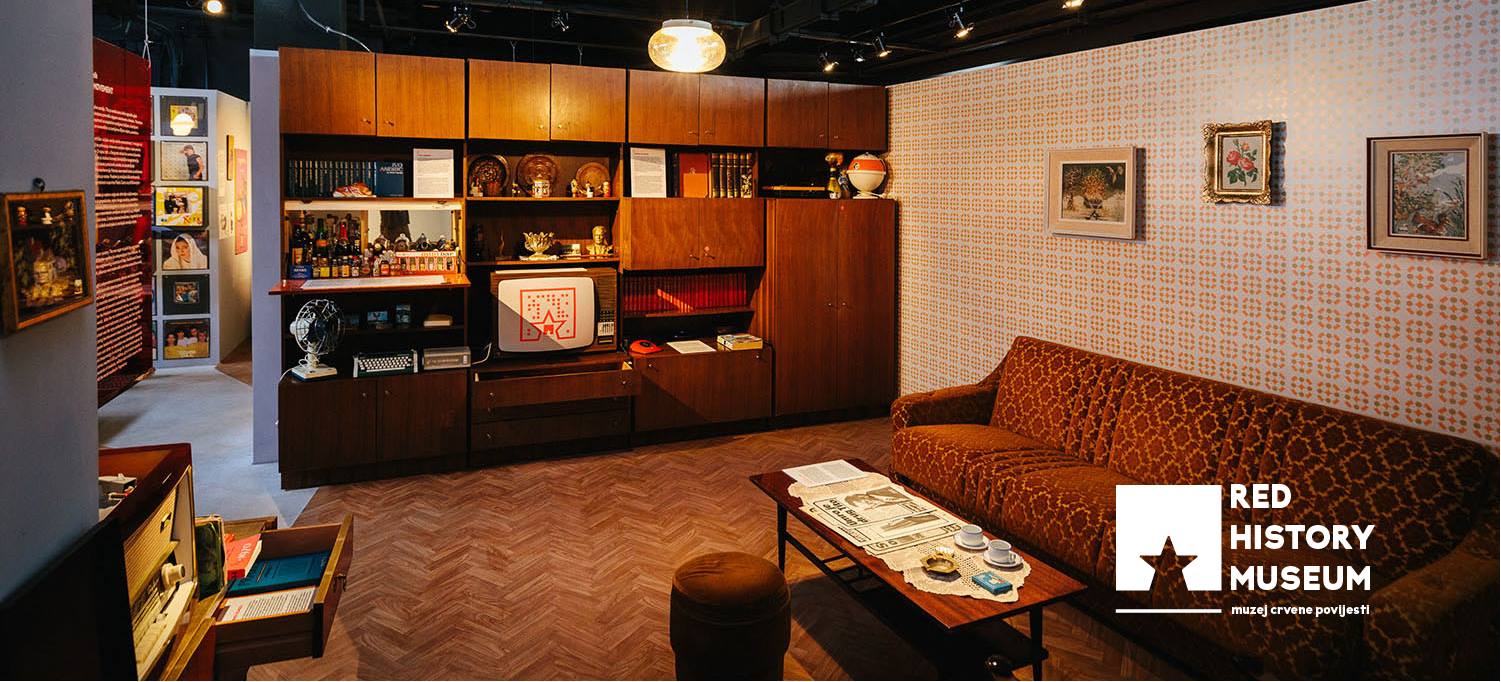
The museum is located at “Svetog Kriza 3, in the Carbon Graphite Products Factory – TUP premises. The factory is one of the key monuments of the socialist period in the city of Dubrovnik. It was founded in 1953 in the midst of the post-war industrialization and socialist renewal of the country. It was the leading industrial plant in Dubrovnik and, during the breakup of Yugoslavia, it helped Croatian defenders by producing and repairing weapons necessary for defense and the struggle for independence.”
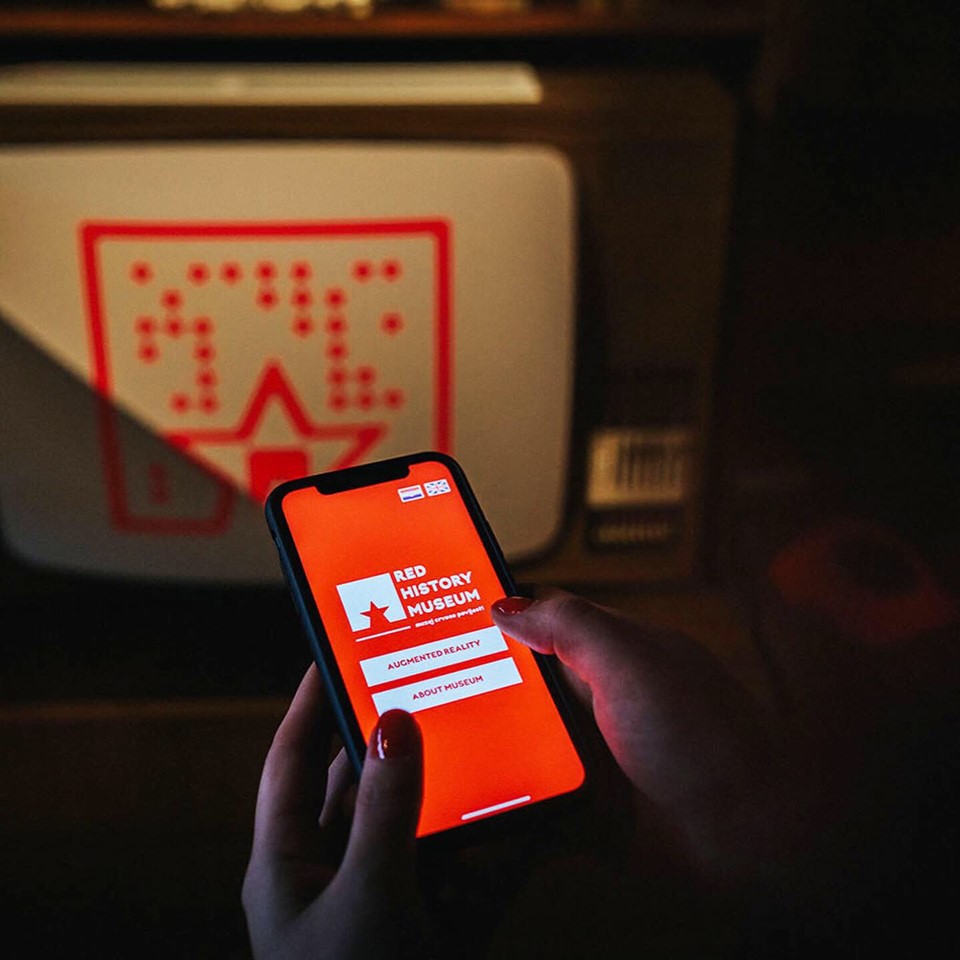
The wealth of original authentic material is staggering, as the brothers spent two years travelling around picking up items for their exhibition. There is much more to come, but what they have put together already is mightily impressive. One of the strengths of the museum is its interactive app, which you point at the marked positions on the exhibition. This opens up more information such as old videos etc. I am still trying to get the images of a 1980s bra video advert out of my head, for example.
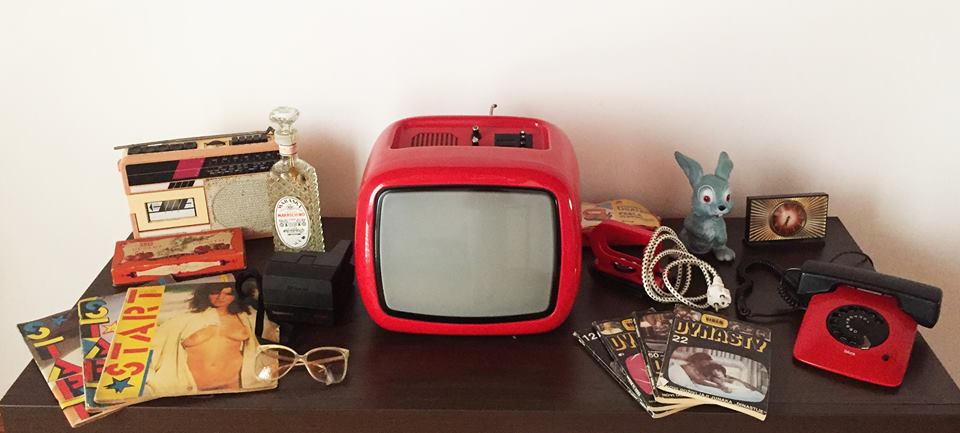
The museum comes in three pieces – history of the rise and fall of socialism in Croatia, including how daily life was affected by the big upheavals; a nostalgia fest of original items from the period which are evoking plenty of childhood memories of favourite items of yesterday in a superbly recreated apartment of the era; and the Dark Room, which examines the incarcerations, murders and secret service. At no point does the museum judge, but presents the items as they are.
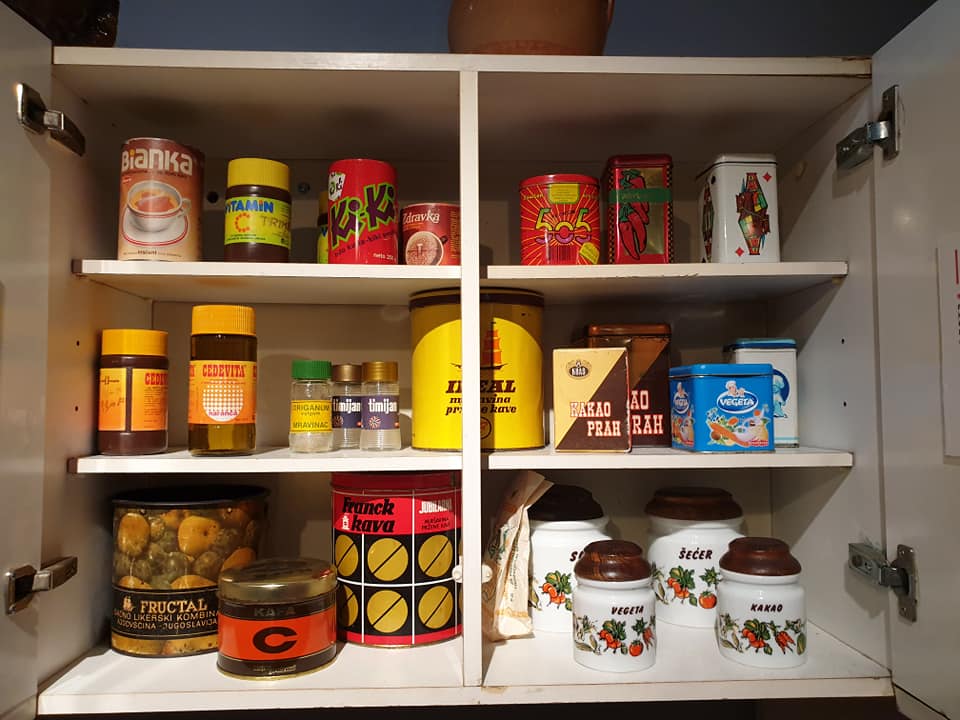
Learn about a different kind of communism and a communist country that in the midst of the Cold War between the East and the West, between the USA and the USSR, opted for its own way – the Non-Aligned Movement.
How do people respond to paid vacation, free schooling and healthcare, when (at least in the eyes of the law) women are made equal with men, when expressing national and religious feelings or free political action is banned?
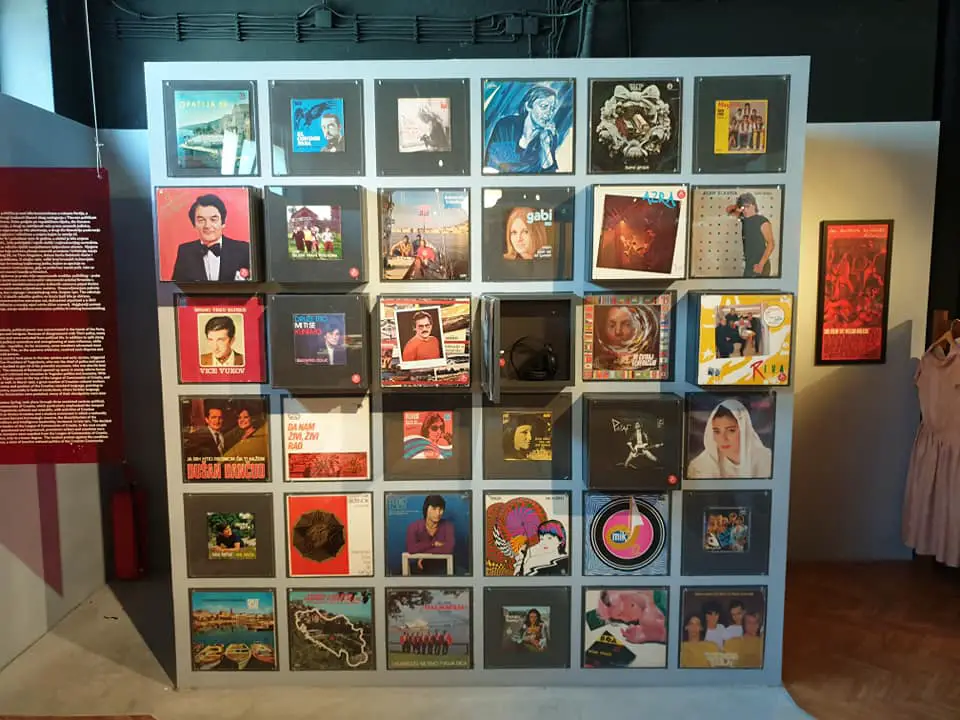
What happens when you want to turn a mostly agricultural, rural and very religious country into a predominantly industrial, urban, and atheistic one?
Experience almost half a century of life under the communist regime – from secret services and the communist party to pop culture and the development of consumer society.
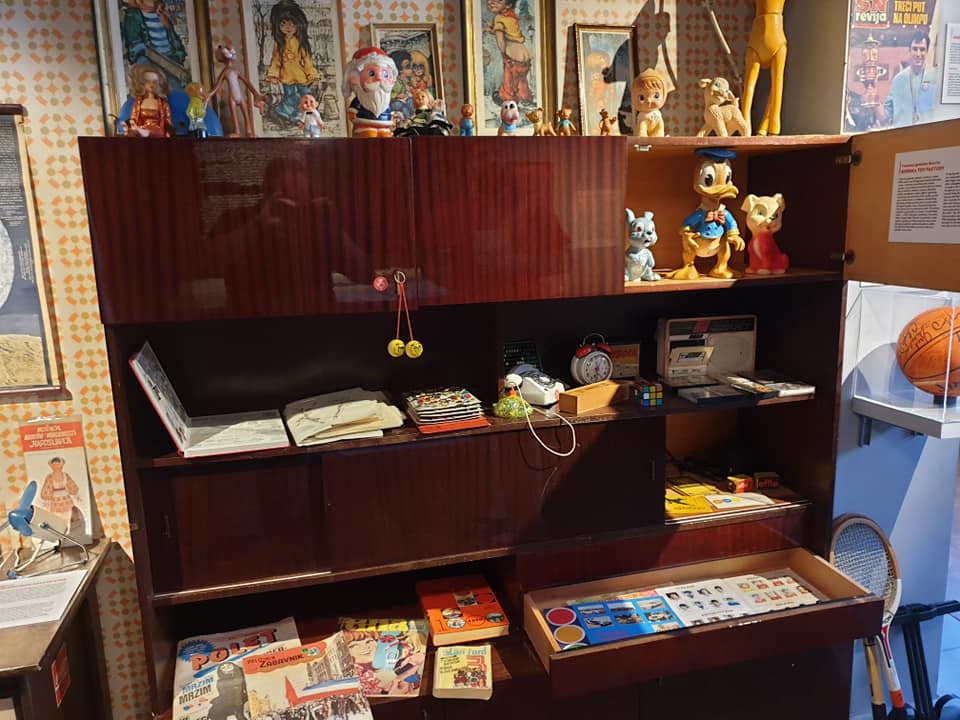
And there were plenty of surprises.
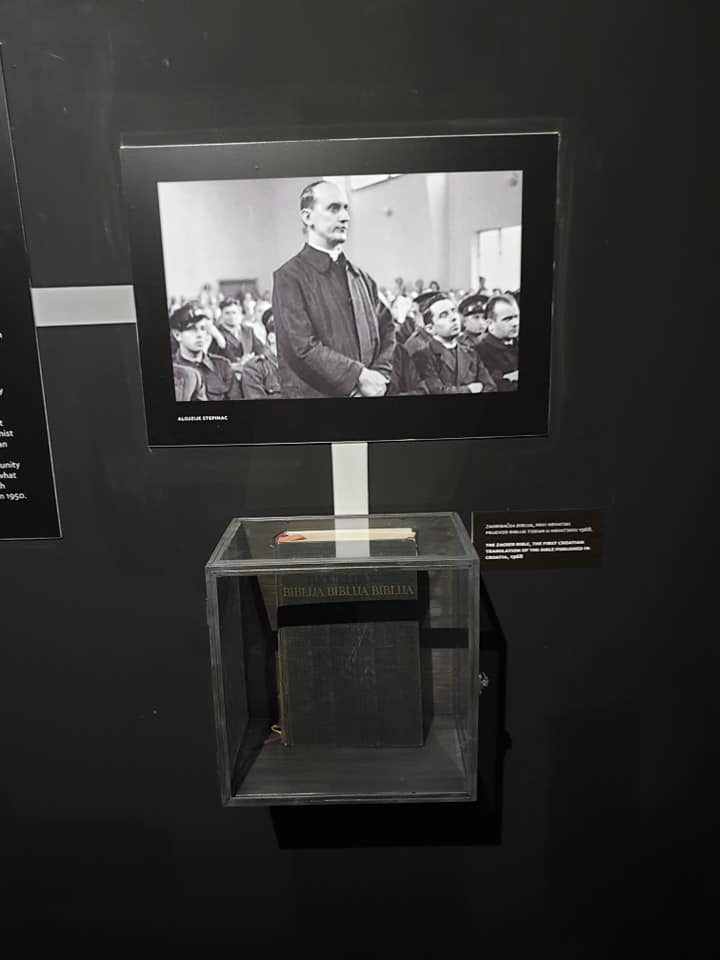
The Zagreb Bible, which was apparently the first bible translated into Croatian in 1968, during that era when religion was suppressed.
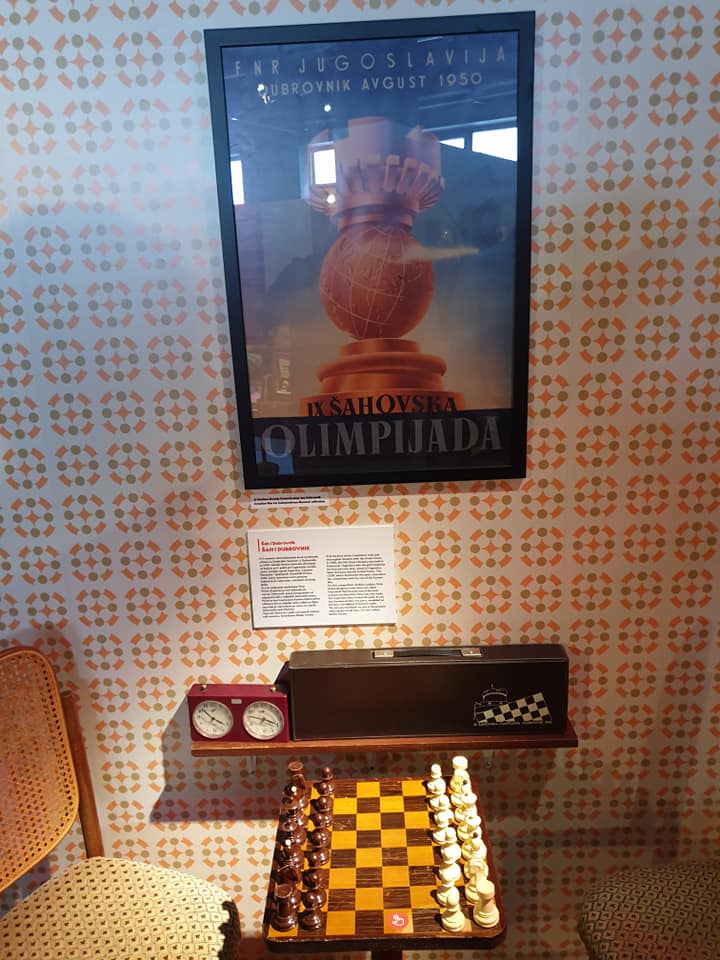
And I learned of the importance of the Dubrovnik Chess Set, which became one of the most popular in the world (and a TCN feature article is coming shortly) after Yugoslavia won the 9th Chess Olympiad in 1950 in Dubrovnik.
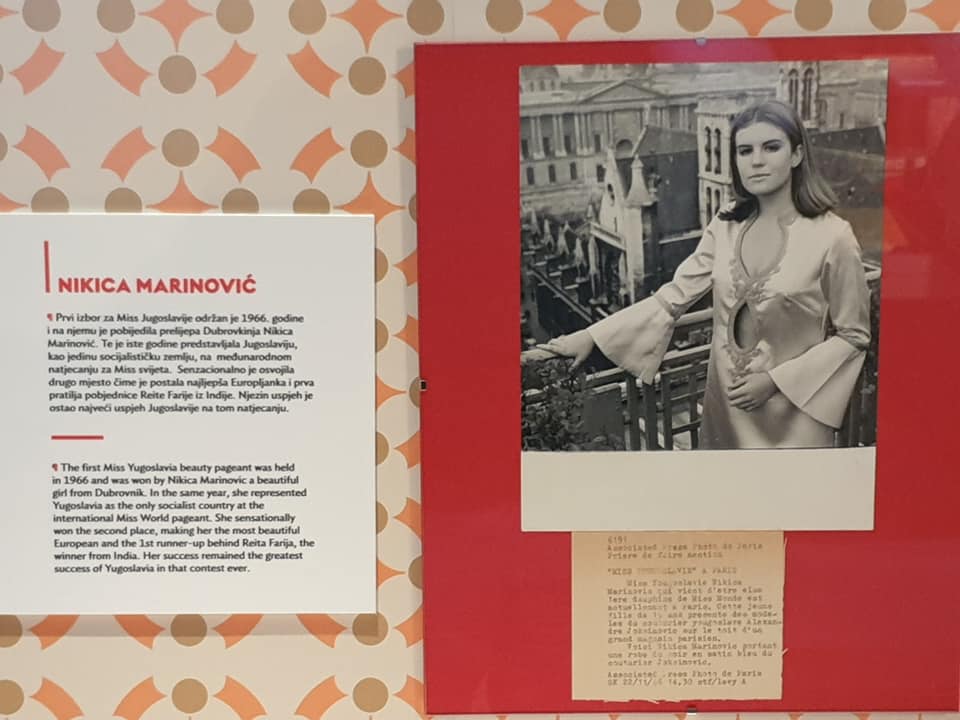
Of a young lady from Dubrovnik in 1966, who first won Miss Yugoslavia and then went on to become the runner-up in Miss World.
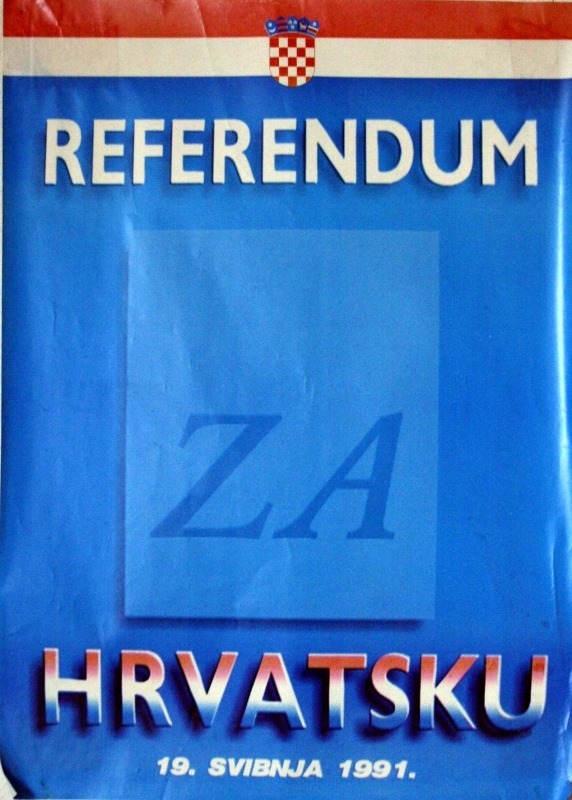
The museum documents events up to the end of the socialist state and founding of the modern Croatia.
But no such museum could be credible without also examining the evil side of the regime.
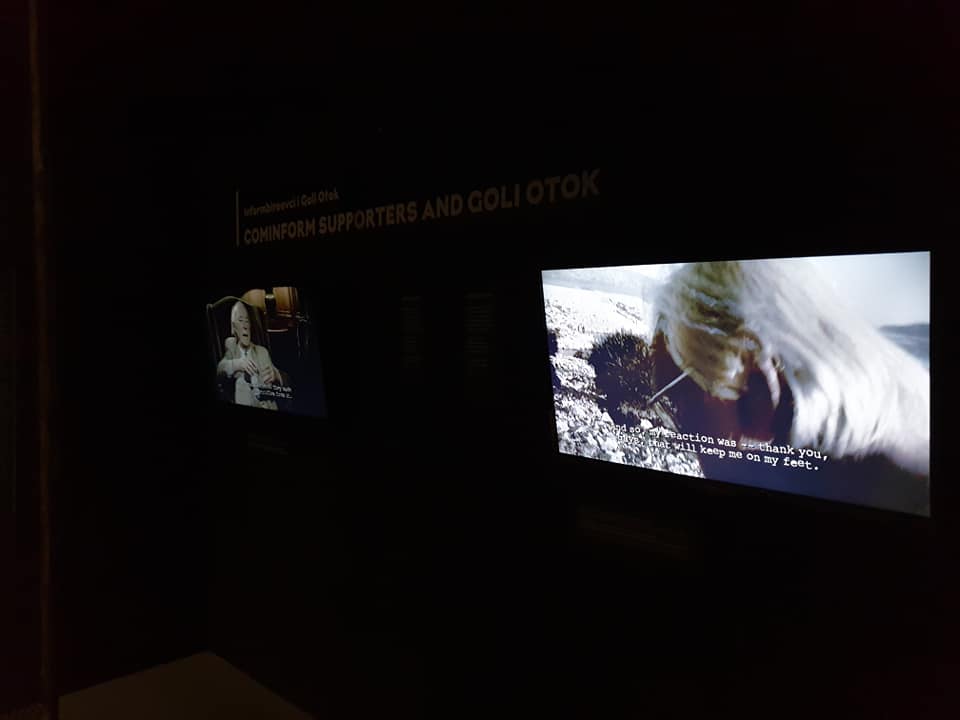
The Dark Room included an interview with a survivor of the Goli Otok camp.
You can watch the full video here.
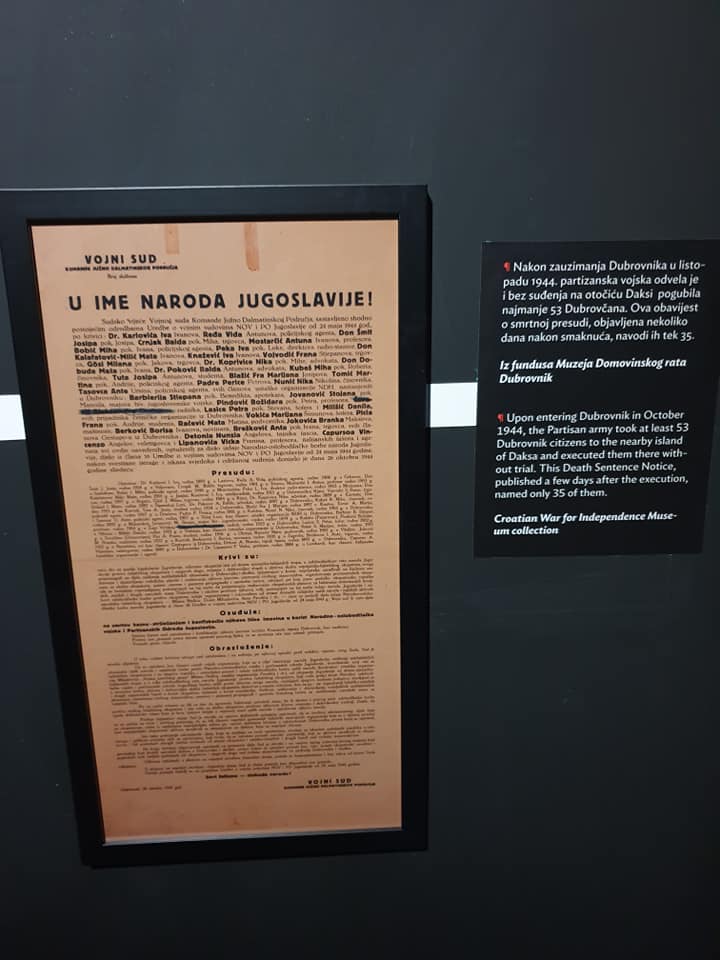
I am sure that there are plenty of people who will have commented just seeing the title of this article, making judgments before they have read it or visited the museum. Such is the modern way.
But I really applaud these two guys for what they have achieved and will achieve with this project.
You can check out the website here – entrance is 50 kuna. And for Croatian speakers, there is an in-depth feature in the video below from local Dubrovnik media.
The Red History Museum is open daily from 09:00 to 22:00.






